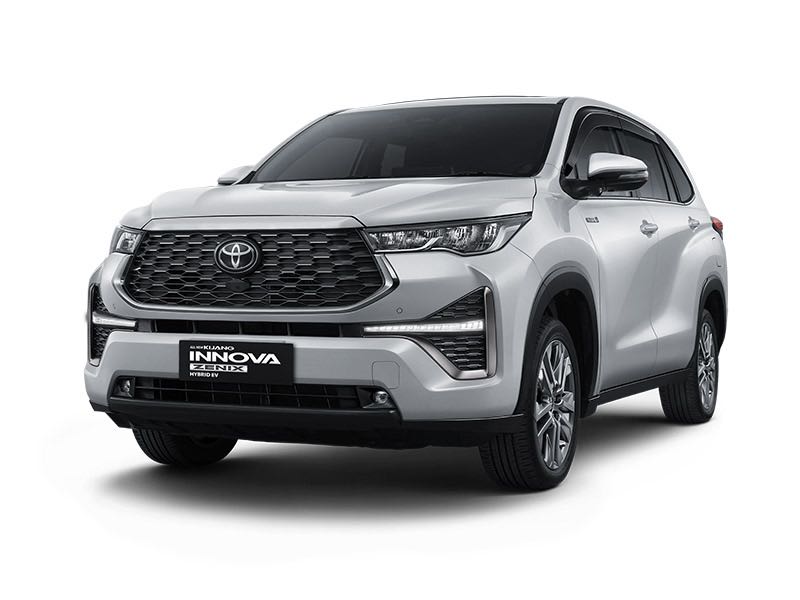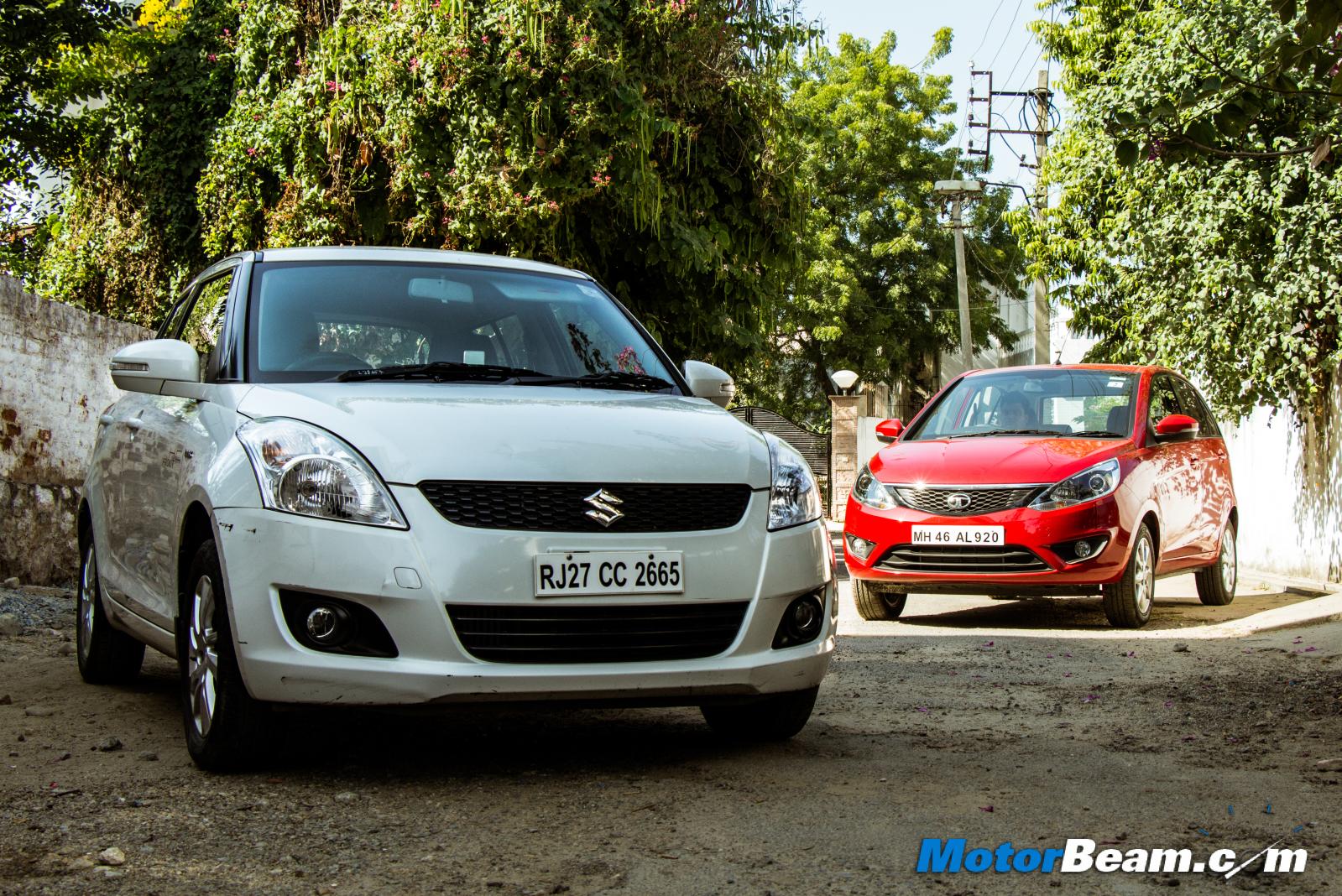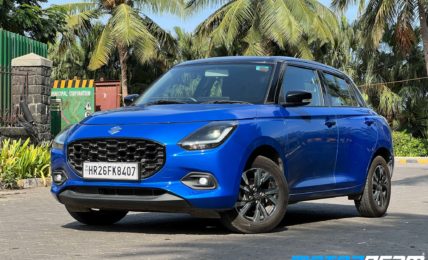
Understanding the basics and benefits of hybrid engines
Hybrid engines are not a new, the technology took its shape in the late 19th century. It is a powertrain technology that combines two power sources to create a more efficient and sustainable form of mobility.
The basic idea of a hybrid engine is to use an electric motor in sync with an internal combustion engine (ICE) to power a vehicle. This system allows the vehicle to use electric power for shorter distances and lower speeds, while the ICE is used for longer trips and higher speeds.
There are several types of hybrid engines including series hybrid, parallel hybrid and plug-in hybrid engines. We will explore how a parallel hybrid engine works. It is the most common type of hybrid engine found in modern hybrid cars.
A parallel hybrid engine has two power sources – an ICE and an electric motor – that work together to provide power to the vehicle. When the vehicle is moving at lower speeds or is standstill, the electric motor is used to power the vehicle. The electric motor gets its power from the battery pack, which is usually located in the trunk or under the rear seats of the vehicle.
When the battery pack is depleted, the engine automatically starts up and begins to recharge the battery pack while also providing power to the vehicle. There is regenerative braking as well, which means that the energy from the wheels is used to recharge the battery pack.
When the vehicle is moving at higher speeds or needs more power, the ICE takes over and provides the majority of the power to the vehicle. The electric motor can still assist the ICE, but it is not the primary power source at higher speeds.
One of the key benefits of a hybrid engine is that it allows the vehicle to switch between the electric motor and the ICE seamlessly, without any input from the driver.
In addition to the ICE and the electric motor, the parallel hybrid engine also has a sophisticated electronic control unit that controls the entire system. It constantly monitors the power demands of the vehicle and decides which power source to use at any given time. It also manages the battery pack, the charging system and the regenerative braking system.
All in all, a hybrid engine offers improved fuel efficiency, reduced emissions and a smoother driving experience. With the increasing demand for more sustainable mobility, it is likely that hybrid engines will continue to be an important part of the Indian automotive industry for many years to come.
Currently, the market has a wide range of hybrids on offer and the numbers will grow rapidly soon as India is currently not completely ready to adapt to the all electric ecosystem. Some of the hybrids cars include Toyota Innova HyCross, Toyota Urban Cruiser Hyryder, Toyota Vellfire, Toyota Camry, Maruti Grand Vitara, Honda City, etc.




